The most beautiful Island
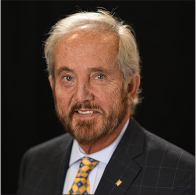

When Christopher Columbus came ashore in 1492, he wrote in his diary, “This is the most beautiful land that human eyes have seen.” He would leave members of his family behind to colonize the island and would return to it after venturing throughout the Caribbean. In his will, he asked to be buried in Santo Domingo, Dominican Republic. It was to this island a group of 22, mostly graduate nursing students and faculty from the University of San Diego (www.sandiego.edu), along with one dentist, would travel as a mission endeavor, to improve the health of school children of a rural school.
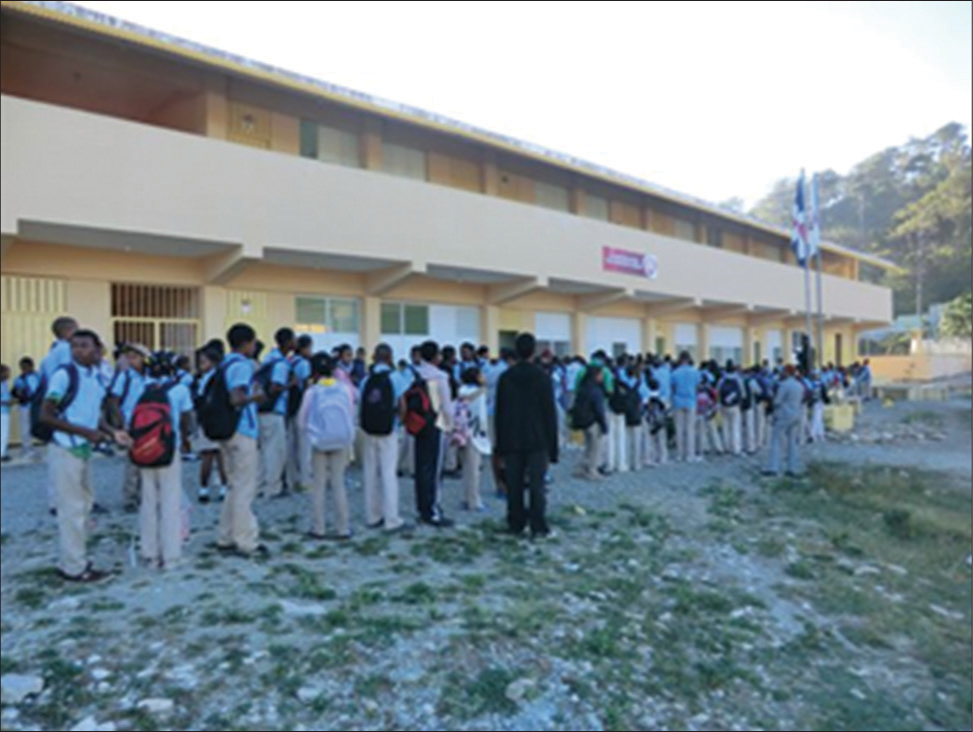
Excitement ran high as the Emails and Gmails flashed back and forth, and final arrangements were gelling into a final plan. Were we actually going to the Caribbean? Over six months in the planning, and after eight prior visits to La Republica Dominicana (Dominican Republic in English, indigenous Taino Indians called it Quisqueya), the trip was finally coming to fruition. It was decided that now was the time to include dental care in the overall plan to help needy families far into the mountainous area near the international border with Haiti. Destination, El Cercado, to work at the school, Fe y Alegria (“Faith and Gladness”); the goal, examine students and their families in health screening as well as undertake a couple of research projects, one having to do with new techniques for diagnosing diabetes compared to traditional methods. However, after having seen the severe need for oral disease, this was the year to begin the inclusion of emergency dental care.
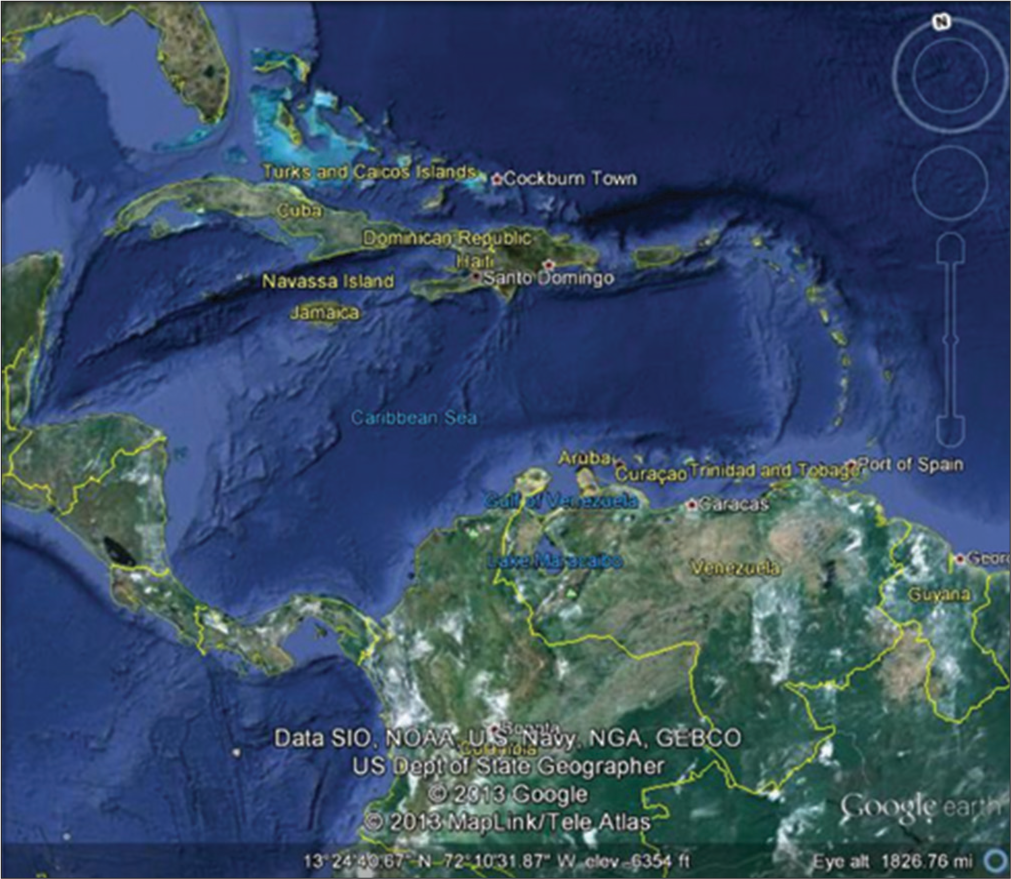
After being referred by the San Diego County Dental Society, I met with Dr. Susan Bonnell of the University of San Diego’s Hahn School of Nursing and Health Sciences. She expressed a need for an investigative trip for emergency dental care and assessed the need for restorative dental care in future visits. The Caribbean? I used to live there, and when I left, part of my heart stayed there! Mission trip? That’s what I do now for “a living” (a life). La Republica Dominicana? Wow, one of my favorite island cultures! I told her I’d think about it for a while, and after about 30 seconds (or less), I told her I’d be happy to help. And plans began, and the association of working together has been wonderful.
The USD Hahn School of Nursing and Health Sciences was a “dark horse” to me in the San Diego area. I was blown away to find that many students already with bachelor’s degrees can enter into nursing and obtain a master’s degree/ RN as they shift their career into caring for others in the nursing field. Susan Bonnell, PhD, RN, is in charge of this program, and the outreach trip to the Caribbean, which began 9 years ago.

La Republica Dominicana is one of the Greater Antilles in the Caribbean archipelago, up at the top of the chain, on the eastern 2/3 of the very large island of Hispaniola (Haiti occupies the western third). It is the second largest island in the Caribbean after Cuba. In 1492, Christopher Columbus (Cristobal Colon in Spanish) first stopped in Guanahani (the Bahamas), skirted the north shore of Cuba, initially mistaking it for Japan, and turned east at the large mountainous island he named, “La Isla Espanola” (the Spanish Island), which mutated into its present name, Hispaniola, where he came ashore for the first time on his first journey. He named the islands West Indies and christened the inhabitants “Indians.” One of three Spanish-speaking islands, all Greater Antilles and part of Latin America (Cuba, Puerto Rico, and the Dominican Republic), it contains 4 of the 5 highest peaks in the Caribbean, the highest being Pico Duarte at 3087 m (10,128 ft). The population is over 10 million, with a northern, central, and southern mountain range. It is a dynamic country of high mountains, fertile valleys, and watered plains, an amazing diversity of ecosystems. There is a characteristic culture/ language/food/music, that is, easy to love. The monetary unit is the Dominican peso, now at $40pd to $1us, making travel, shopping, and eating a wonderful bargain. The capital city is Santo Domingo de Guzman, “La Capital,” a large, bustling, cosmopolitan city of almost 3 million, with much history dating back to Columbus. The Ozama River (nothing to do with Bin Laden) runs through the middle of the city to the Caribbean Sea. It is located on the Caribbean Sea, at the mouth of the Ozama River. Founded in 1496, it is the oldest continuously inhabited European settlement in the Americas and was the first seat of Spanish colonial rule in the New World. The oldest city in the western hemisphere contains the oldest church, and though controversial, it is where Columbus is believed to be buried. At 18 degrees north (within the tropics of cancer), the weather is wonderful and tropical year-round. The food and music, are beyond your imagination! But this was not a vacation, and we were there to accomplish our goals.
After arriving in the La Capital, we boarded a bus for the 5 h trip to our destination, El Cercado, a small rural town in the mountains, within an hour of the international border with Haiti. Just south of the central “Cordillera” (mountain range, “backbone”), elevation of about 3,000 ft, it has 85 sectors, including 13 barrios and 72 communities, a fairly extensive span to cover. One surprise was the drop in temperature at night to “cold,” but spectacular weather during the day at about 75°. We had great food where we stayed at Villa Andres, but cold showers were the norm. One minor detail was no water for the first 3 days, due to accidental damage to the main waterline coming into town. Joana Peterson, who has lived in the area for 30 years, was our guide, and everyone in town knows her, and she knows them! (joanapeterson@hotmail.com)

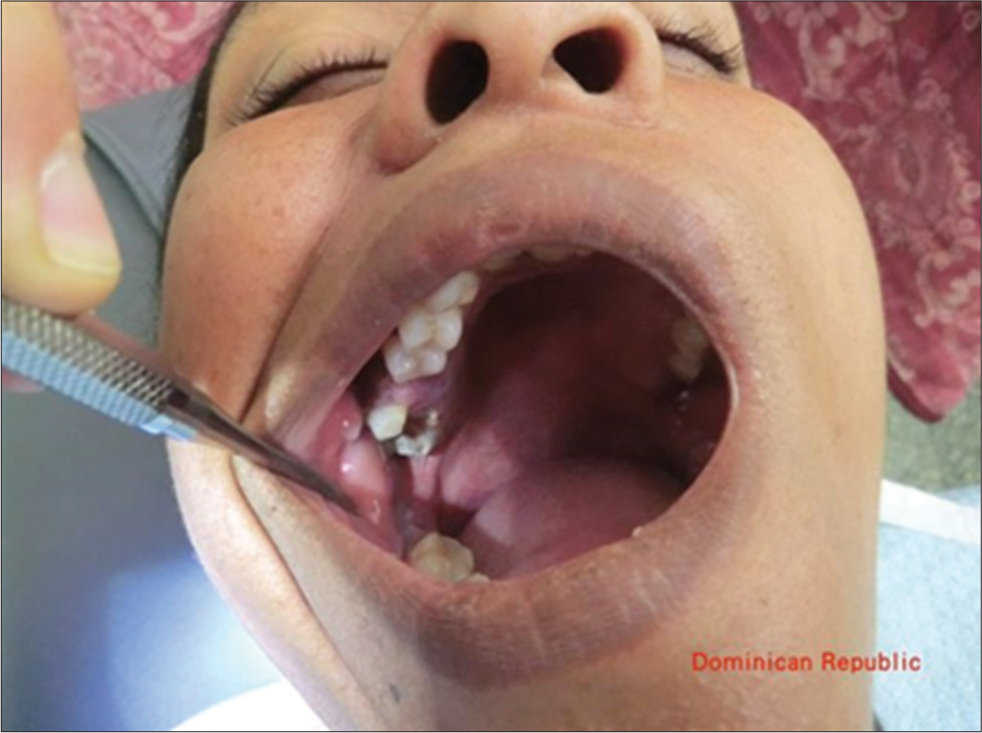
Our assignment was to provide medical exams for nearly 500 students, for the second time in El Cercado, now including dental services, emergency care, and education. One detrimental habit, which was a handicap to our dental efforts, was the students’ habit of eating a red sucker on their way to school in the mornings. Due to a lack of oral health knowledge/education and poor diets, we found many mouths of the students and a few adults, with rampant caries, often with consequent abscesses and other odontogenic infections. Five days of extractions and education helped some, but the need was greater. We scratched the surface in El Cercado by helping at “Fe y Alegria” school, and hopefully, more can be accomplished on this annual mission with additional dental providers helping in this much-needed effort.
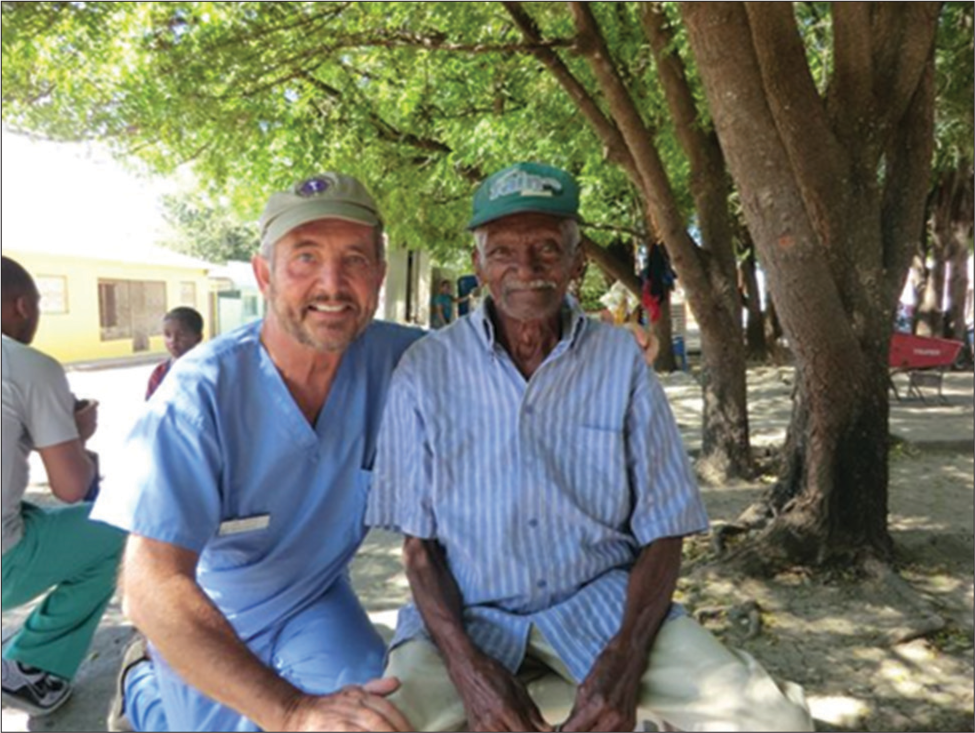
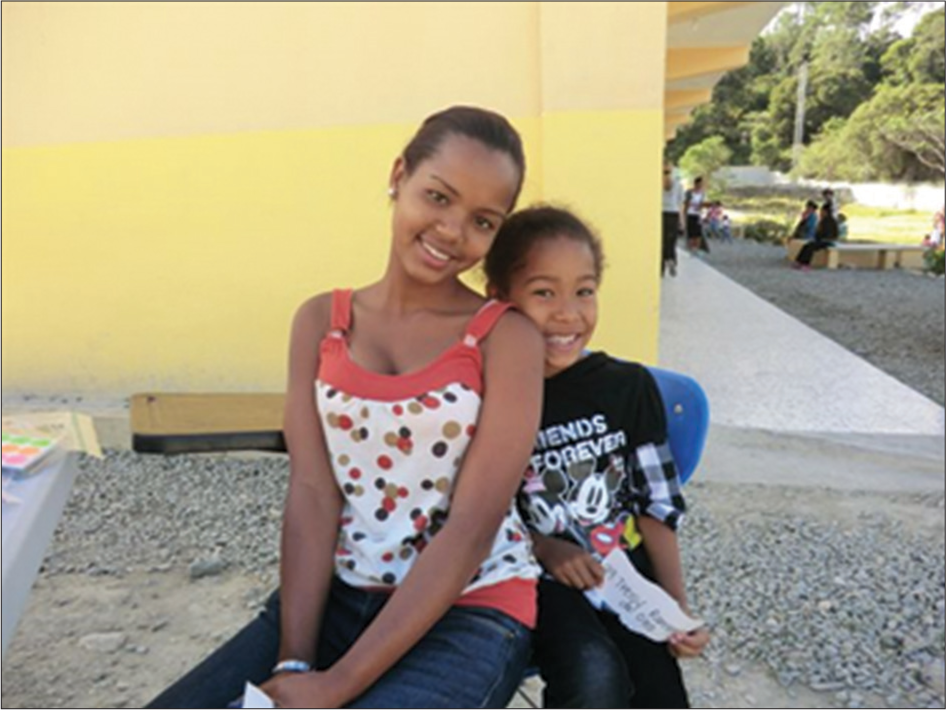
Part of our hearts stayed with these beautiful people who need so much but are always happy with what life has given. Gratitude for life was seen in every face. As we left El Cercado, we realized why the Dominicans refer to their island as “La Tierra Que Mas Amo Colon” (the land Columbus loved the most).
My personal thanks to the wonderful group of health-care providers who are so willing to give to those who need so much:
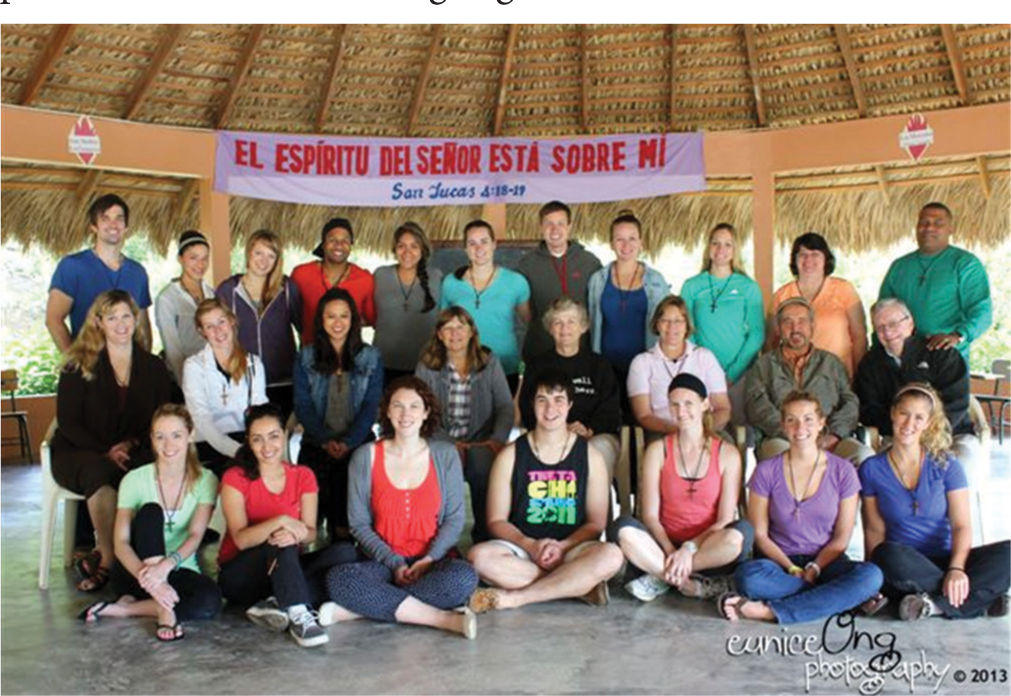
For more information, please contact Dr. Susan Bonnell (sbonnell@sandiego.edu) or Dr. Ronaldo Fritz (ronaldefritz. dds@gmail.com.





